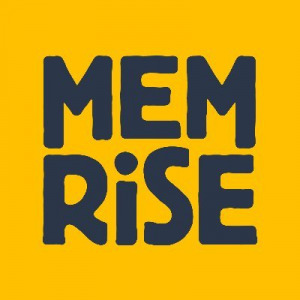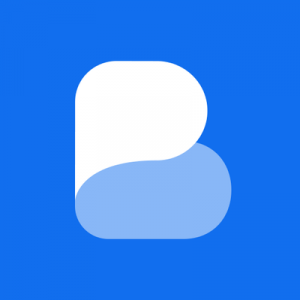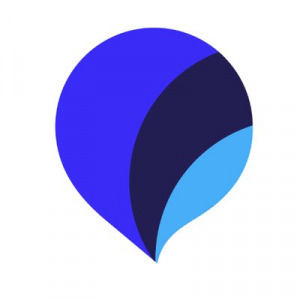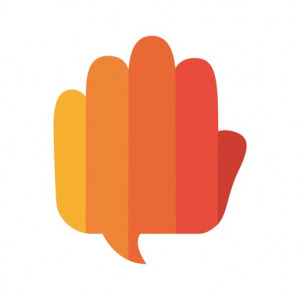Willkommen! And bienvenue! Welcome! And that’s all I got. I’ve wanted to be fluent in a new language for some time now, but with so many things happening around me, the desire to start from square one is just not present. I tried during quarantine to remember all my high school French lessons. I think I got about a week in and then travel bans were placed and I said screw it.
But learning a new language is so fun and so good for your brain. Your brain works out when it learns a new language. You’re stretching muscles that you probably haven’t since middle or high school. People who are fluent in two or more languages are better thinkers, problem solvers, and workers.
But how do you learn a new language when you’re out of school and most likely won’t go back? The pandemic prompted many people to start downloading apps and learning all they could. Universities opened online options for people to “take” their classes and learn again!
Today, we’re going to give you a quick rundown of all the best apps you can download to become fluent in your next language!

Babbel

Babbel is the #1 selling language learning app. This app gives you the option of learning thirteen different languages. You can also choose the subscription type you want — a live virtual class or just an app. This system isn’t about the basics of conjugation like you learned in school. Babble immerses you into real conversations that work with voice recognition and will correct you when you are a bit off on your pronunciation.
I personally love that the app isn’t drilling you on grammar. Conjugating verbs was always the hardest part of my French classes in high school. The service bills monthly, with different pricing depending on the subscription length you choose.
Memrise

Kelly here- I love Memrise, I use it for about 3-5 minutes per day to keep my Spanish fresh and keep me fluent. I don’t always get a chance to speak it daily so this acts as my daily refresh and it works like a charm. Memrise will give you videos of native speakers all around the world. Unlike some language apps, the voices aren’t flat and the language they’re speaking is about real life scenarios. The constant storytelling in different languages exercises your brain because you’re not hearing the same basic sentence over and over again and then regurgitating it. This app is free with the option to upgrade for extra features.
Duolingo

Emily here! I personally LOVE Duolingo. 10/10, highly recommend for anyone and everyone. Back in 2016 I went to Italy for the first time and absolutely fell in love with the people, language, and culture, and I decided then and there that I was going to learn Italian and come back a year later. And I did – Duolingo helped me become pretty proficient in Italian in just under a year, and when I went back to Italy a year later I really was able to communicate in Italian! And I spent maybe 30 minutes a day at most on the app. Plus it was fun! I even started thinking in Italian.
Again, I’m obsessed with this app and highly recommend it to anyone really serious about learning a new language. (Oh, and did I mention, it’s FREE?!)
Mondly
![]()
Mondly is another app that doesn’t just focus on words, but phrases as a whole. The app boasts in using topics that will actually prepare you for conversations if you’re going to travel. You can choose any of the 41 different languages Mondly offers, and you can practice anywhere you go! The app is designed to allow you to participate in conversations with AI robots who will track your speech and help you throughout the journey of learning. While a few lessons are free, if you want unlimited lessons it’s $10 per month or $48 per year.
Busuu

This app is wonderful for customization. Some people want to learn a language because it will challenge them. They might not have a deadline and simply want to do a lesson once a week. Others are about to go into the country where the language is spoken and need to know how to communicate completely in that language. Busuu will help you do both. Premium plans will help you set a study plan so you can finish your goal of learning the language when you want. There are lessons you can take that will give you feedback on your performance. A premium account costs $6 a month for a year.
Pimsleur

This app would be the best for people like me. I can’t start the day without learning something, so on my walk I’ll listen to a podcast. Pimsleur has taken auditory learning to the max. You can choose from 51 languages and listen to the lessons like they’re podcasts. The podcasts are downloadable, so you can listen to them on your commute, but they’re also Alexa-compatible which is so convenient.
It’s not all listening, though. The premium option comes with reading, speaking, and flash card lessons. I just love the lecture style and that seemed to be one of the most unique features about this app. An audio-only subscription costs $15 a month and a premium subscription costs $20. The premium subscription only comes with the 12 top-selling languages. If you have your heart set on learning a certain language that might not be top-selling, make sure it’s included in the premium.
Lingvano

Foreign languages are amazing and so useful, but one language is almost always left off of the lists provided, so i wanted to make sure I included it. Lingvano is an amazing sign language learning app. The app allows you to have teachers mirroring what you’re doing and you can slow them down if you want. There are vocabulary trainers and dictionaries available on the app too. It costs $17.99 per month, $47.97 for three months, $77.94 for six months, and $119.88 per year.

What language are you going to try to learn first? Have you tried any of these apps? Did we miss any? Comment below!
Wanting To Stimulate Your Brain? Read These:
My 5 Healthy Morning Routine Secrets Will Make You More Productive
Are Psychedelics The New Cannabis? Exploring Psychedelics As Medicine

